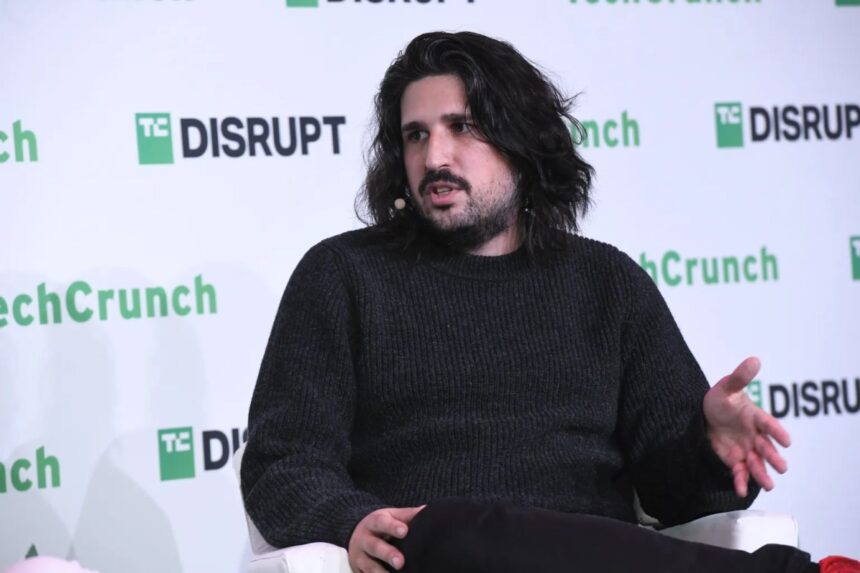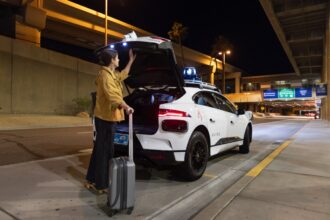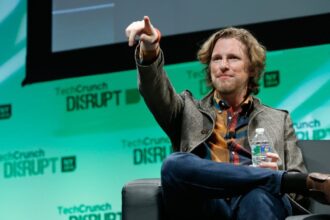Runway, one of several AI startups developing video-generating tech, today announced an API to allow developers and companies to build the company’s generative AI models into third-party apps, platforms and services.
Currently in limited access (there’s a waitlist), the Runway API only offers a single model at present — Gen-3 Alpha Turbo, a faster but less capable version of Runway’s current flagship model, Gen-3 Alpha — and two plans, Enterprise and Build (aimed at individuals and teams). Base pricing is one cent per credit (1 second of video costs 5 credits), and Runway says that “trusted strategic partners” including marketing group Omnicom are already using the API.
The Runway API also comes with unusual disclosure requirements. Any interfaces using the API must “prominently display” a “Powered by Runway” banner linking to Runway’s website, the company writes in a blog post. “This helps users understand the technology behind your application while adhering to our usage terms,” the post continues.
Runway, which is backed by investors including Salesforce, Google and Nvidia and was last valued at $1.5 billion, faces stiff competition in the video generation space, including from OpenAI, Google and Adobe. OpenAI is expected to release its video generation model, Sora, in some form early this fall, while startups like Luma Labs continue to refine their technologies.

With the preliminary launch of the Runway API, Runway becomes one of the first AI vendors to offer a video generation model through an API. But while the API might help the company along the road to profitability (or at least recouping the high costs of training and running models), it won’t resolve the lingering legal questions around those models and generative AI technology more broadly.
Runway’s video-generating models, like all video-generating models, were trained on a vast number of examples of videos to “learn” the patterns in these videos to generate new footage. Where did the training data come from? Runway refuses to say, like many vendors these days — partly out of fear of losing competitive advantage.
But training details are also a potential source of IP-related lawsuits if Runway trained on copyrighted data without permission. There’s evidence that it did, in fact — a report from 404 Media in July exposed an internal spreadsheet of training data that included links to YouTube channels belonging to Netflix, Rockstar Games, Disney and creators like Linus Tech Tips and MKBHD.
It’s unclear whether Runway ended up sourcing any of the videos in the spreadsheet to train its models. In an interview with TechCrunch in June, Runway co-founder Anastasis Germanidis would only say the company uses “curated, internal datasets” for model training. But if it did, it wouldn’t be the only AI vendor playing fast and loose with copyright rules.
Earlier this year, OpenAI CTO Mira Murati didn’t outright deny that Sora was trained on YouTube content. And Nvidia reportedly used YouTube videos to train an internal video-generating model called Cosmos.
Generative AI vendors believe that the doctrine known as fair use provides them a legal shield. Others aren’t taking chances; to train its video-generating models, Adobe is said to be offering artists payments in exchange for clips. If we’re lucky, cases making their way through the courts will bring clarity soon enough.
However it shakes out, one thing’s becoming clear: Generative AI video tools threaten to upend the film and TV industry as we know it. A 2024 study commissioned by the Animation Guild, a union representing Hollywood animators and cartoonists, found that 75% of film production companies that have adopted AI have reduced, consolidated or eliminated jobs after incorporating the tech. The study also estimates that by 2026, more than 100,000 of U.S. entertainment jobs will be disrupted by generative AI.
Source : Techcrunch






